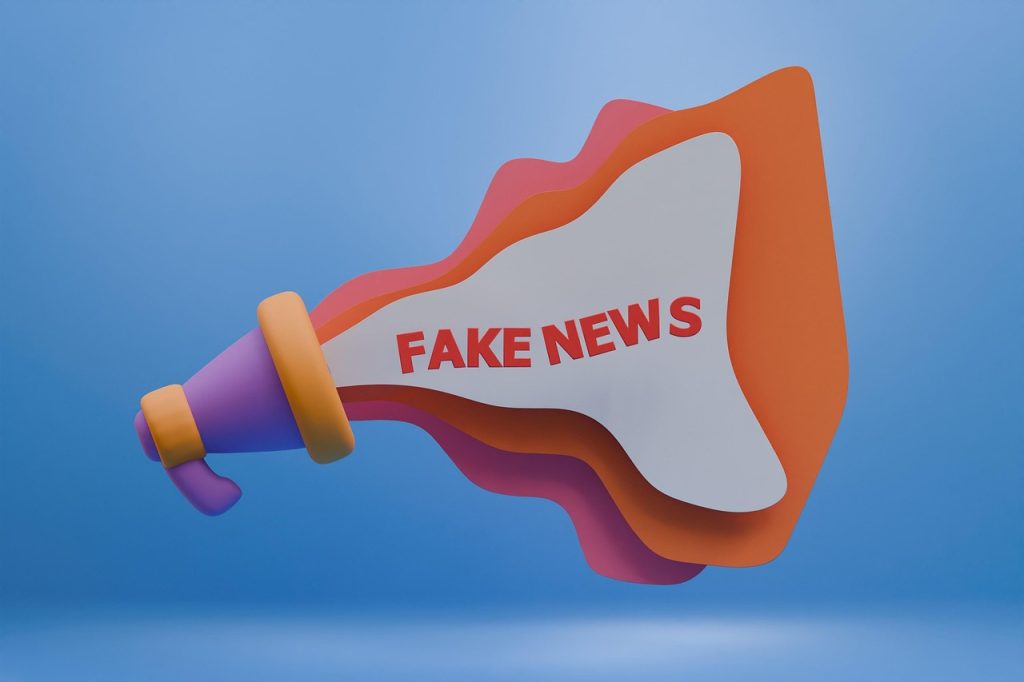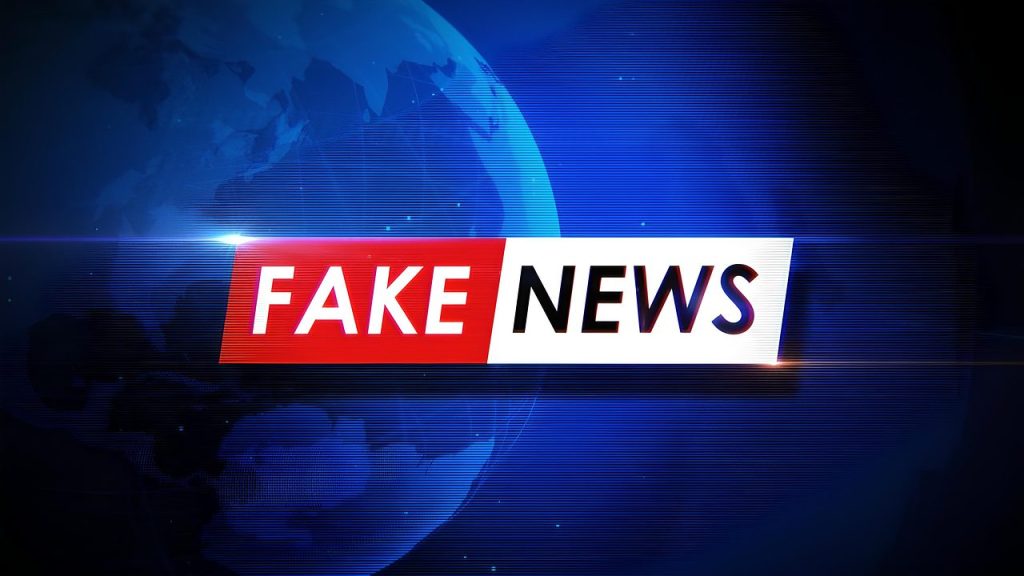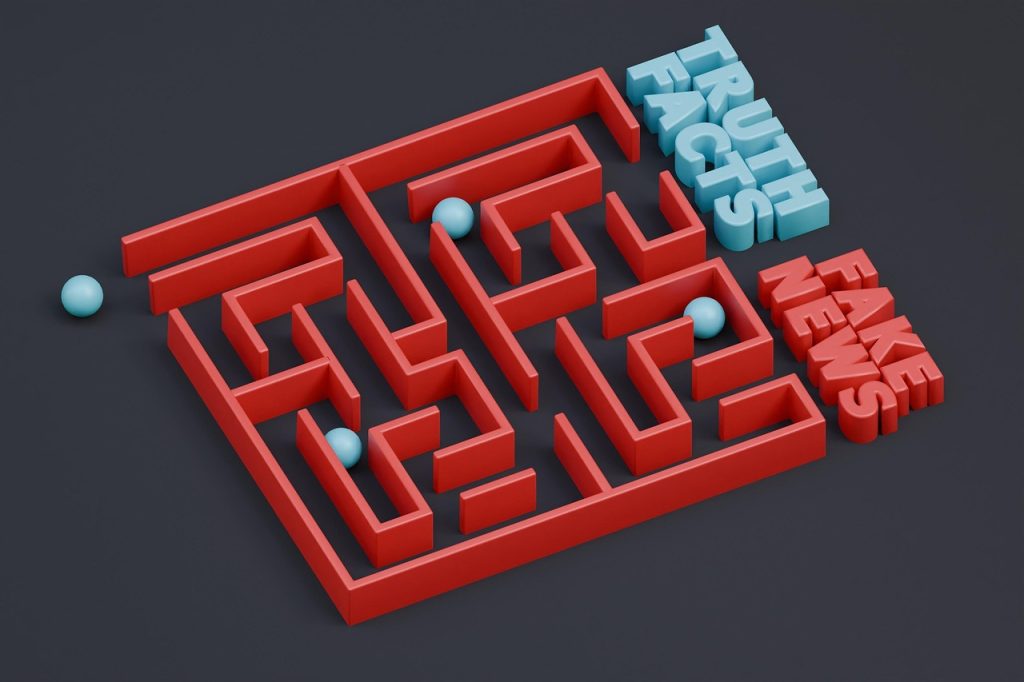In this post, I will discuss deep fake detection. This will help you in safeguarding digital media authenticity in an AI-generated world.
The emergence of deepfake technology represents one of the most significant challenges to digital media authenticity in the modern era.
As artificial intelligence becomes increasingly sophisticated, the ability to create convincing fake videos, audio recordings, and images has reached unprecedented levels of realism.
This technological advancement, while offering creative possibilities, has also opened the door to serious security, privacy, and misinformation concerns that affect individuals, businesses, and society at large.
Table of Contents
Understanding the Deepfake Phenomenon
Deepfakes utilize advanced machine learning algorithms, particularly generative adversarial networks (GANs), to create synthetic media that appears authentic to human observers. These AI-generated creations can manipulate existing videos to make it appear as though someone said or did something they never actually did, or create entirely fictional scenarios featuring real people without their consent or knowledge.
The technology has evolved rapidly from requiring extensive technical expertise and computational resources to becoming accessible through user-friendly applications and online platforms. This democratization of deepfake creation has exponentially increased the volume of synthetic media circulating online, making detection and verification increasingly crucial for maintaining digital trust and security.
The Scope and Impact of Deepfake Threats
Political and Social Manipulation
Deepfakes pose significant threats to democratic processes and social stability. Fake videos of political figures making inflammatory statements or engaging in inappropriate behavior can influence elections, destabilize governments, and erode public trust in legitimate media and institutions.
Personal Privacy Violations
Individuals, particularly public figures and private citizens targeted by malicious actors, face serious privacy violations through non-consensual deepfake creation. These synthetic media creations can cause irreparable damage to personal and professional reputations.
Corporate Security Risks
Businesses face unprecedented security challenges as deepfakes can be used to impersonate executives for fraud purposes, manipulate stock prices through fake announcements, or damage brand reputation through fabricated controversies.
Financial Fraud
Sophisticated deepfake audio and video can bypass traditional security measures, enabling fraudsters to impersonate individuals for financial gain, authorize fraudulent transactions, or manipulate voice-activated security systems.
Legal and Evidentiary Challenges
The existence of convincing deepfake technology raises questions about the reliability of digital evidence in legal proceedings, potentially undermining the judicial system’s ability to determine truth from fabrication.
Technical Challenges in Deepfake Detection
Evolving Sophistication
As deepfake creation technology advances, detection systems must continuously evolve to identify increasingly subtle artifacts and inconsistencies. The arms race between creation and detection technology requires constant innovation and adaptation.
Computational Complexity
Effective deepfake detection requires significant computational resources and sophisticated algorithms capable of analyzing multiple aspects of digital media simultaneously, from pixel-level inconsistencies to temporal anomalies.
Format and Platform Variations
Deepfakes appear across various platforms and in different formats, each presenting unique detection challenges. Social media compression, streaming protocols, and platform-specific processing can affect detection accuracy.
Real-Time Requirements
Many applications require real-time or near-real-time detection capabilities, particularly for live streaming platforms, video conferencing systems, and security applications where immediate identification is crucial.
Detection Methodologies and Technologies
Facial Analysis Techniques
Advanced algorithms analyze facial features, expressions, and movements for inconsistencies that may indicate synthetic generation. These systems examine micro-expressions, blinking patterns, and facial symmetry that are difficult for current deepfake technology to replicate perfectly.
Temporal Consistency Analysis
Detection systems analyze video sequences for temporal inconsistencies, examining how facial features, lighting, and movements change across frames to identify unnatural patterns characteristic of synthetic generation.
Audio-Visual Synchronization
Sophisticated detection tools examine the alignment between audio and visual elements, identifying discrepancies in lip-sync, speech patterns, and acoustic characteristics that may indicate manipulation.
Metadata and Technical Analysis
Detection systems analyze technical metadata, compression artifacts, and encoding characteristics that may reveal evidence of synthetic generation or post-processing manipulation.
Biological Signal Detection
Advanced systems look for subtle biological indicators such as pulse detection through skin color variations, natural eye movements, and other physiological signals that are challenging for current deepfake technology to simulate accurately.
Deep Fake Detection: Specialized Protection Solutions
Organizations and individuals seeking comprehensive protection against deepfake threats require specialized deep fake detection technology that addresses the unique challenges of synthetic media identification. These advanced systems combine multiple detection methodologies to provide robust protection against increasingly sophisticated deepfake content.
Professional detection platforms understand the nuanced differences between authentic and synthetic media, employing machine learning models trained on vast datasets of both legitimate and artificially generated content. This specialized expertise enables accurate identification while minimizing false positives that could disrupt legitimate media workflows.
Industry Applications and Use Cases
Media and Journalism
News organizations and media companies use deepfake detection to verify the authenticity of submitted content, protecting their credibility and ensuring accurate reporting in an era of widespread misinformation.
Social Media Platforms
Major social networking sites implement detection systems to identify and remove deepfake content that violates community standards, protects users from harassment, and maintains platform integrity.
Corporate Communications
Businesses employ detection technology to verify the authenticity of executive communications, protect against impersonation fraud, and ensure the integrity of official company media.
Law Enforcement and Security
Government agencies and security organizations use deepfake detection to verify evidence, identify threats, and protect national security interests from sophisticated disinformation campaigns.
Financial Services
Banks and financial institutions implement detection systems to prevent fraud, verify customer identity in video calls, and protect against sophisticated social engineering attacks.
Legal and Forensic Analysis
Legal professionals and forensic experts utilize detection technology to verify digital evidence, support court proceedings, and investigate potential media manipulation cases.
Implementation Strategies for Organizations
Risk Assessment and Planning
Successful implementation begins with understanding organizational exposure to deepfake threats and developing comprehensive protection strategies tailored to specific risk profiles and operational requirements.
Integration with Existing Systems
Effective detection solutions integrate seamlessly with existing media workflows, content management systems, and security infrastructure to provide protection without disrupting established processes.
Staff Training and Awareness
Comprehensive training programs help staff recognize potential deepfake content and understand the importance of verification processes in maintaining organizational security and integrity.
Policy Development
Clear policies regarding media authentication, verification procedures, and response protocols ensure consistent and effective handling of potential deepfake incidents.
Advanced Detection Capabilities
Multi-Modal Analysis
Leading detection systems analyze multiple aspects of media content simultaneously, including visual, audio, and technical elements, to provide comprehensive authenticity assessment.
Continuous Learning
Advanced platforms continuously update their detection capabilities based on new deepfake techniques and emerging threats, maintaining effectiveness against evolving synthetic media technology.
Scalable Processing
Enterprise-grade solutions offer scalable processing capabilities to handle large volumes of media content efficiently, supporting organizations with extensive verification requirements.
Detailed Forensic Reporting
Comprehensive analysis reports provide detailed information about detected anomalies, supporting investigation processes and providing evidence for potential legal proceedings.
Privacy and Ethical Considerations
Organizations implementing deepfake detection must balance security needs with privacy concerns and ethical considerations. Professional detection systems incorporate appropriate safeguards to protect individual privacy while providing necessary verification capabilities.
Transparent policies regarding data handling, analysis procedures, and result storage ensure that detection processes respect individual rights while providing organizational protection against deepfake threats.
Emerging Trends and Future Developments
The field of deepfake detection continues to evolve rapidly, with new methodologies and technologies emerging regularly. Blockchain-based authentication, enhanced real-time processing capabilities, and improved cross-platform compatibility represent important developments shaping the future of synthetic media detection.
Integration with existing security infrastructure, development of industry-specific solutions, and advancement of automated response capabilities will likely characterize future evolution in deepfake detection technology.
Challenges and Limitations
Current deepfake detection technology faces several challenges, including the need for continuous updates to address new synthetic media techniques, computational requirements for real-time processing, and the balance between detection accuracy and processing efficiency.
Organizations must understand these limitations when implementing detection solutions and develop comprehensive strategies that combine technological capabilities with human oversight and policy frameworks.
Best Practices for Deepfake Protection
Multi-Layered Approach
Effective protection combines technological detection capabilities with human verification processes, policy frameworks, and awareness training to create comprehensive defense against deepfake threats.
Regular Updates and Maintenance
Detection systems require regular updates and maintenance to remain effective against evolving deepfake techniques and emerging synthetic media technologies.
Cross-Platform Verification
Organizations should implement detection capabilities across all relevant platforms and media channels to ensure comprehensive protection against deepfake threats.
Incident Response Planning
Comprehensive incident response plans ensure rapid and effective handling of confirmed deepfake incidents, minimizing potential damage and supporting recovery efforts.
The Future of Digital Media Authentication
As deepfake technology continues to advance, the importance of reliable detection capabilities will only increase. Organizations across all sectors will need robust verification systems to maintain trust, security, and integrity in their digital communications and media content.
The development of industry standards, regulatory frameworks, and collaborative detection initiatives will play crucial roles in addressing the challenges posed by synthetic media technology while preserving the benefits of legitimate AI applications.
READ ALSO: Dark Web 101: How To Access The Dark Web
Selecting the Right Detection Solution
Choosing appropriate deepfake detection technology requires careful evaluation of organizational needs, threat profiles, and existing infrastructure. Key considerations include detection accuracy, processing speed, integration capabilities, scalability, and ongoing support requirements.
Organizations should prioritize solutions that offer comprehensive detection capabilities while maintaining efficient workflows and providing clear, actionable results that support informed decision-making.
Conclusion: Essential Protection for Digital Trust
The proliferation of deepfake technology represents a fundamental challenge to digital media authenticity and trust. As synthetic media becomes increasingly sophisticated and accessible, organizations and individuals need robust detection capabilities to protect against misinformation, fraud, and privacy violations.
Professional deep fake detection technology provides the specialized capabilities necessary to address these evolving threats effectively. By implementing comprehensive detection solutions, organizations can maintain digital trust, protect their stakeholders, and navigate the complex landscape of AI-generated content with confidence.
The investment in quality deepfake detection represents a proactive approach to digital security that becomes increasingly valuable as synthetic media technology continues to evolve. As we advance into an era where the line between authentic and artificial content becomes increasingly blurred, having reliable detection capabilities becomes essential for maintaining integrity, security, and trust in our digital communications and media ecosystem.
INTERESTING POSTS
- The Best Antivirus Software
- The Ultimate Social Media Security Guide for Individuals and Businesses
- Hacks That Can Help Outsmart Deepfake Videos
- How Identity Document Verification Services Can Help You Build Trust
- Is Cyber Warfare A Crime? Which Countries Have Cyber Warfares?
- The Transformative Impact of Artificial Intelligence on Surveillance and Safety
- Deep Web Vs Dark Web: Is There A Difference, What Does The Difference Affect?
- A Look at New Forms of Marketing and How to Implement Them
About the Author:
Christian Schmitz is a professional journalist and editor at SecureBlitz.com. He has a keen eye for the ever-changing cybersecurity industry and is passionate about spreading awareness of the industry's latest trends. Before joining SecureBlitz, Christian worked as a journalist for a local community newspaper in Nuremberg. Through his years of experience, Christian has developed a sharp eye for detail, an acute understanding of the cybersecurity industry, and an unwavering commitment to delivering accurate and up-to-date information.











